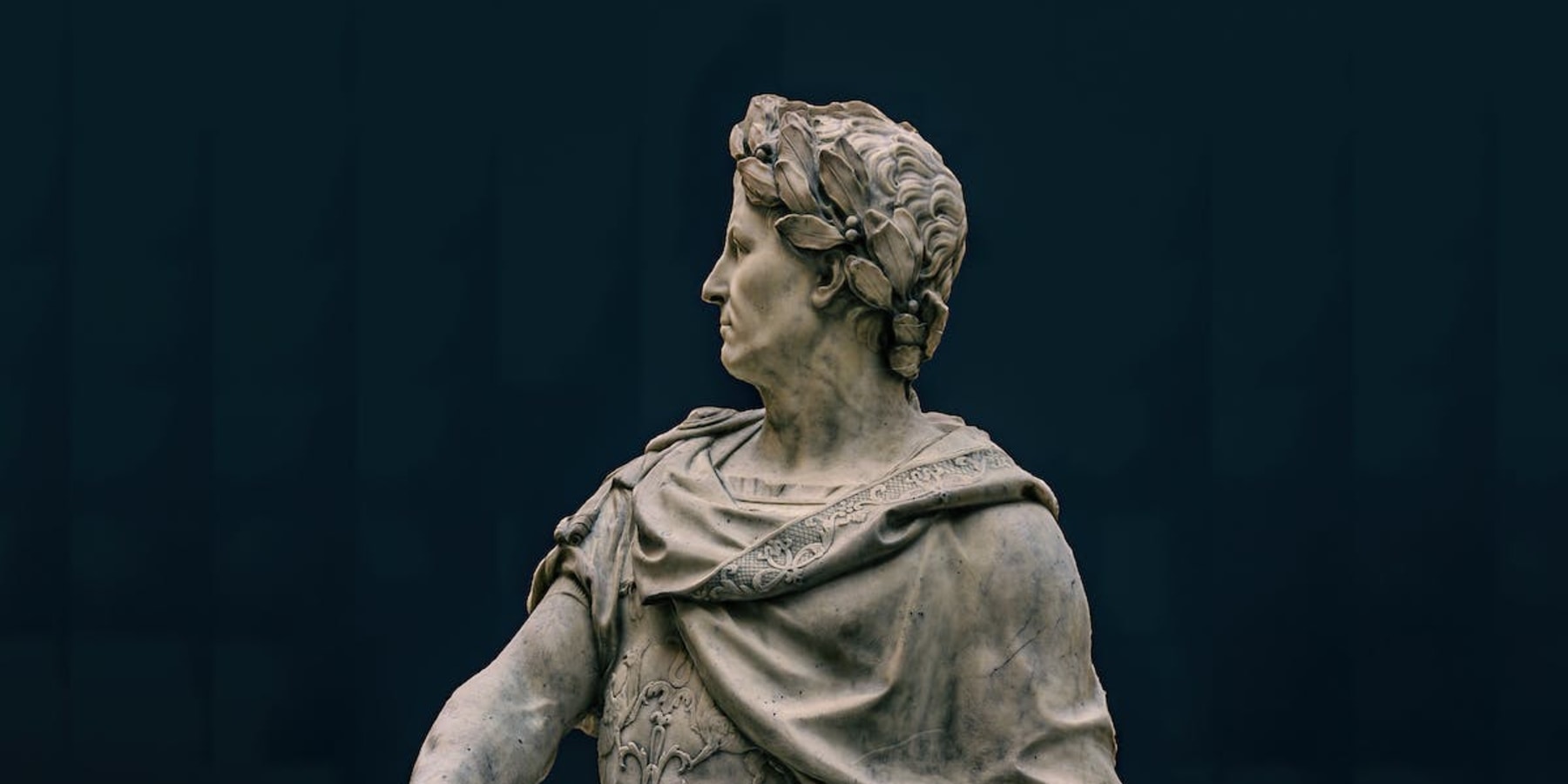
Augustus Caesar: Architect of Unity and the Pax Romana: Augustus Caesar, formerly known as Octavian, ascended to power in 27 BC. His reign marked the end of the Roman Republic and the birth of the Roman Empire. Augustus strategically consolidated power, ending years of civil war. In 27 BC, he established the principate, ushering in an era of peace known as the Pax Romana. Augustus also initiated monumental building projects, including the reconstruction of the Roman Forum and the construction of the Altar of Peace, symbolizing his commitment to unity and stability.
Trajan: Conquests and Triumphs: Across Dacia and the EastTrajan, a skilled military leader, reigned from 98 to 117 AD. His reign witnessed ambitious military campaigns, including the Dacian Wars (101–102 AD and 105–106 AD). The conquest of Dacia (modern-day Romania) resulted in significant territorial expansion and immense wealth for Rome. Trajan's victories are immortalized in Trajan's Column, a monument depicting the details of his conquests. His leadership brought unprecedented prosperity and grandeur to the empire.
Marcus Aurelius: Stoic Wisdom Amidst the Marcomannic Wars: Marcus Aurelius, a philosopher-emperor, ruled from 161 to 180 AD. During his reign, he faced the challenges of the Marcomannic Wars (166–180 AD), defending the empire against Germanic and Sarmatian invaders. Marcus Aurelius demonstrated resilience and strategic acumen in leading Roman forces. His philosophical reflections, recorded in "Meditations," offer insights into the challenges he faced and his commitment to Stoic principles during times of war.
Hadrian: Architectural Marvels and the Strengthening of Borders: Hadrian, emperor from 117 to 138 AD, was renowned for his architectural vision and military strategies. In addition to commissioning the construction of the iconic Pantheon, Hadrian ordered the building of Hadrian's Wall in Britain (122 AD). This defensive fortification aimed to secure the Roman frontier and regulate trade. Hadrian's leadership combined cultural enrichment with strategic defense, fostering stability within the empire.
Diocletian: Administrative Reforms and the Tetrarchy: Diocletian rose to power in 284 AD during a period of crisis. He introduced significant administrative reforms, including the division of the empire into Eastern and Western halves through the establishment of the Tetrarchy. Diocletian's reign, marked by economic restructuring and the persecution of Christians, stabilized the empire and laid the groundwork for the Byzantine Empire's longevity.
Conclusion:
As we conclude this exploration of Rome's greatest emperors, the intricate details of their reigns come to life. From Augustus' consolidation of power to Trajan's military triumphs, Marcus Aurelius' stoic wisdom, Hadrian's architectural legacy, and Diocletian's administrative reforms – each leader left an enduring legacy through concrete actions that shaped the course of Roman history. Their triumphs in wars, strategic brilliance, and transformative governance continue to inspire leadership narratives across the ages.

